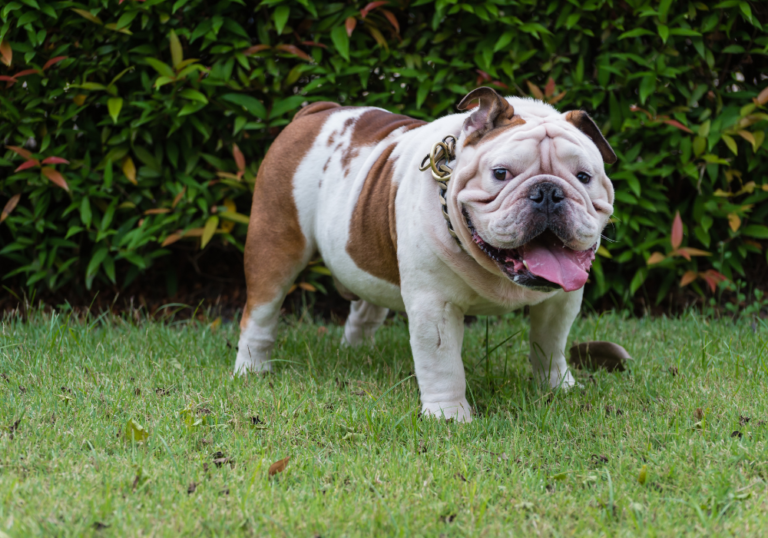Recognizing the Dangers of Bloat in Dogs

Bloat in dogs, also known as Gastric Dilatation-Volvulus (GDV), is a rapid onset, life-threatening condition that can affect canines without warning. Every minute counts when your dog develops bloat, making it crucial for dog owners to recognize the symptoms and seek immediate veterinary care. At Acacia Pet Hospital, our goal is to educate pet owners about the signs of bloat and how prompt treatment can save lives.
What Causes Bloat in Dogs?
Bloat occurs when a dog’s stomach fills with gas, food, or fluid and expands. This expansion can block blood flow to the heart and increase pressure throughout the abdomen, causing severe health complications. In some cases, the stomach may also twist, a condition known as torsion, which further impedes blood flow and necessitates immediate surgical intervention.
Recognizing the Symptoms of Bloat
The key to managing bloat is recognizing the symptoms early. Symptoms of bloat in dogs include:
- Pain and Distress: Dogs might whine or be reluctant to have their abdomen touched.
- Difficulty Breathing: As the stomach expands, it can press against the diaphragm, making it hard for your dog to breathe.
- Excessive Drooling: Increased saliva can be a sign of nausea or pain.
- Panting and Restlessness: These are signs of distress; your dog may pant or seem unable to settle.
- Dry Heaving or Gagging: Attempts to vomit may occur, often producing nothing but foam.
- Swollen Abdomen: The belly may become visibly enlarged, although this isn’t always apparent.
- Unusual Posture: Dogs may adopt a posture with their chest down and rear end raised.
If you notice any of these signs, consult our doctors at Acacia Pet Hospital immediately. Delaying care can have fatal consequences.
Risk Factors Associated with Bloat
Certain factors can increase a dog’s risk of developing bloat:
- Rapid Eating: Consuming food too quickly can cause excessive air intake.
- Age and Size: Older and large-breed dogs are at a higher risk.
- Exercise: Vigorous activity soon after eating can contribute to bloat.
- Diet: Feeding habits, including the type of food, frequency, and method of feeding (e.g., using raised bowls), can influence risk.
Treatment Options for Bloat
Treatment depends on the severity of the condition. For cases without stomach torsion, treatment may involve decompressing the stomach and administering IV fluids and medications. If torsion has occurred, emergency surgery is necessary to untwist the stomach and secure it to prevent recurrence.
Preventive Measures
Preventive strategies include feeding smaller, more frequent meals, discouraging rapid eating, and avoiding vigorous exercise around meal times. Consult our doctors at Acacia Pet Hospital for tailored advice based on your dog’s specific needs.
Conclusion
Understanding the signs and risk factors of bloat in dogs is crucial for any pet owner. Quick action and immediate veterinary care can significantly improve the chances of survival. If you suspect your dog has bloat, do not wait. Call us right away at Acacia Pet Hospital.
If you need more help or have any questions, call us at Acacia Pet Hospital, (408) 264-6354, 4486 Pearl Ave, San Jose, CA 95136, Hours: Monday-Friday: 8:00 am – 5:00 pm or visit us online.

